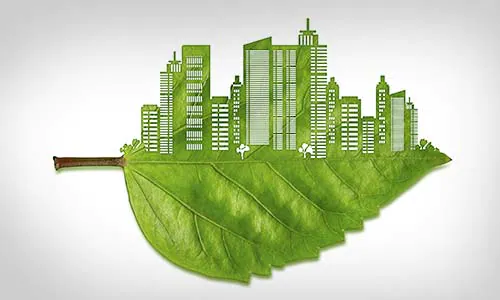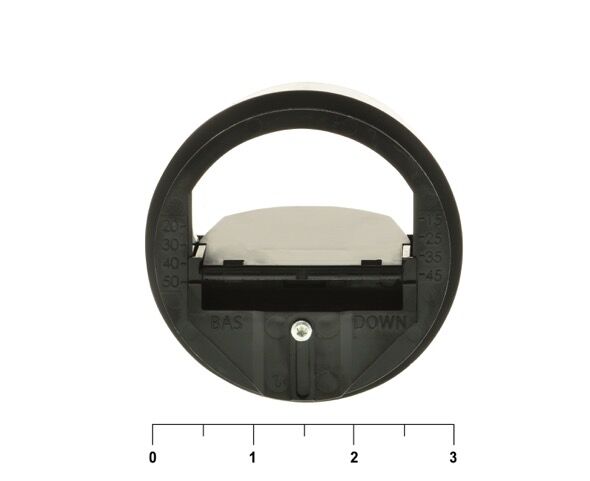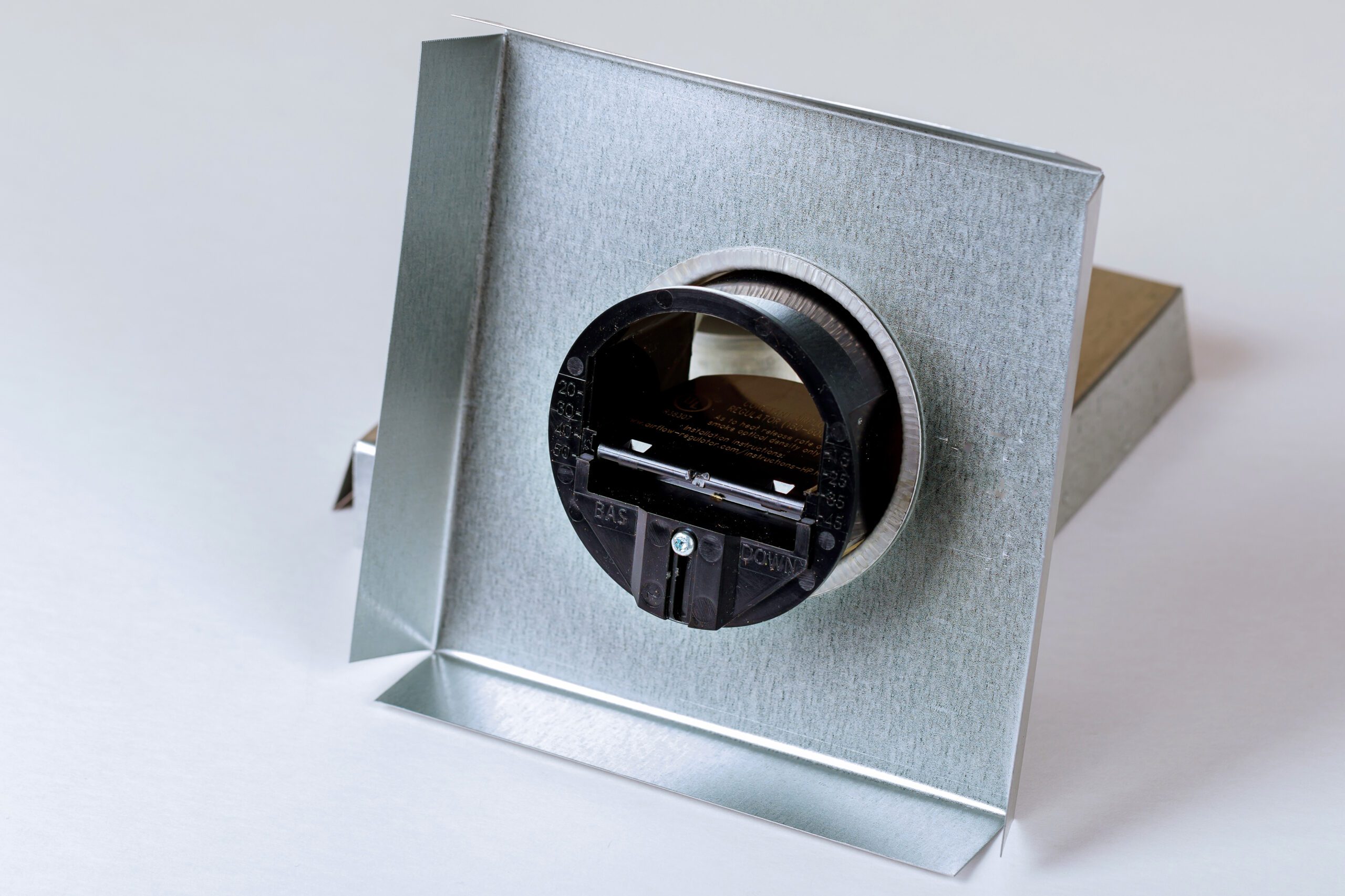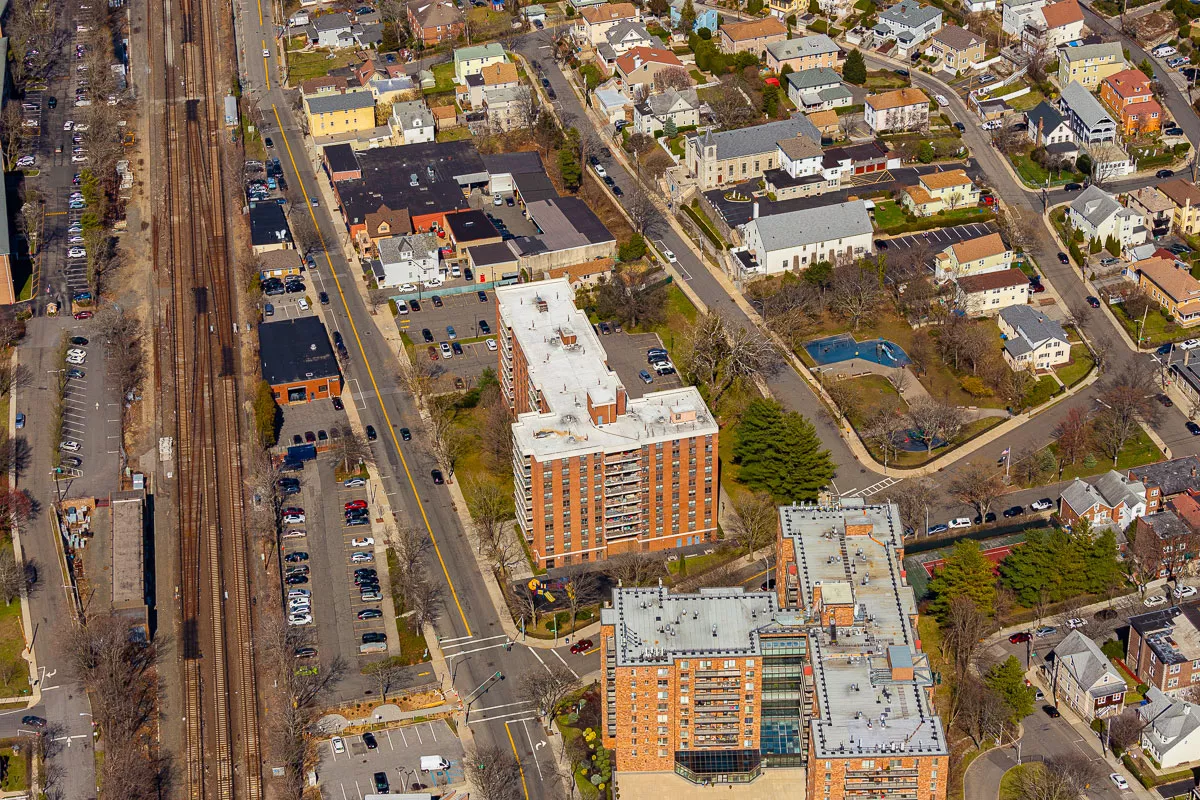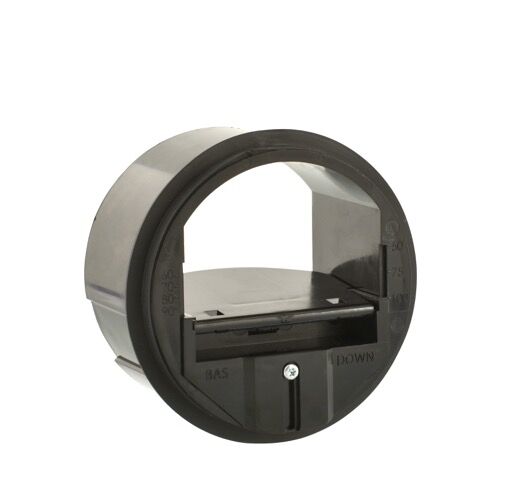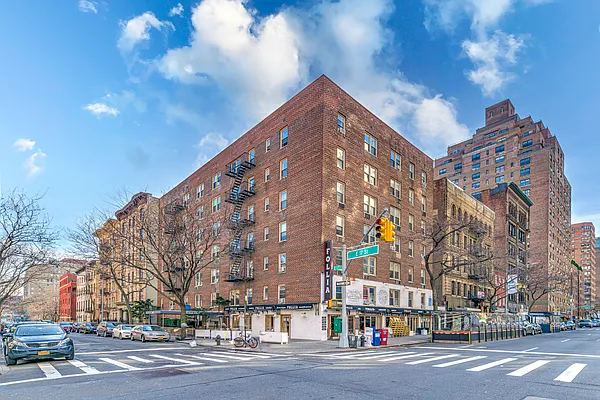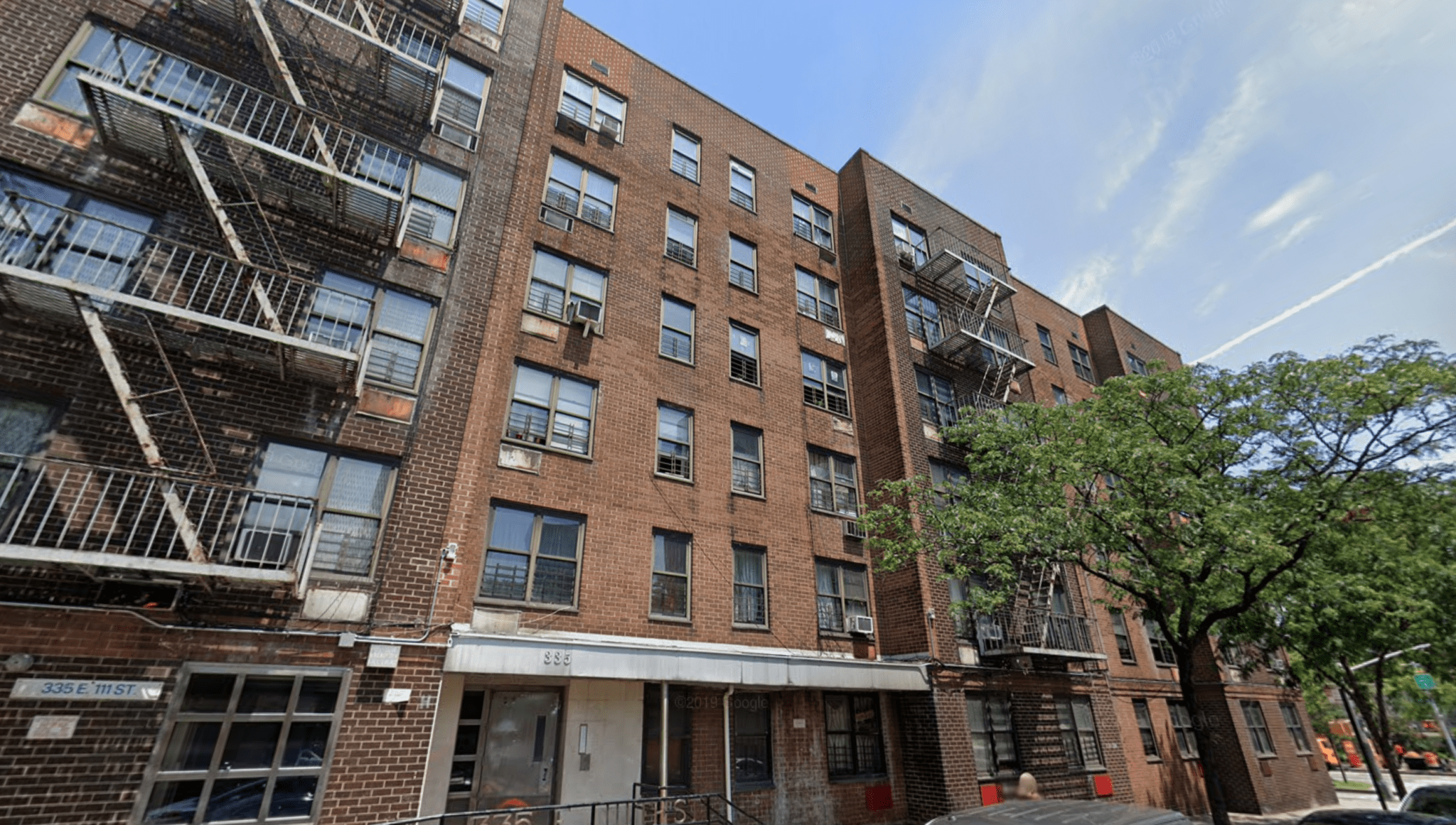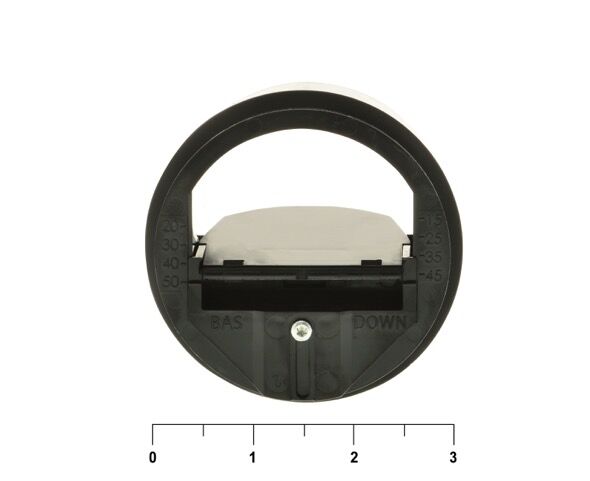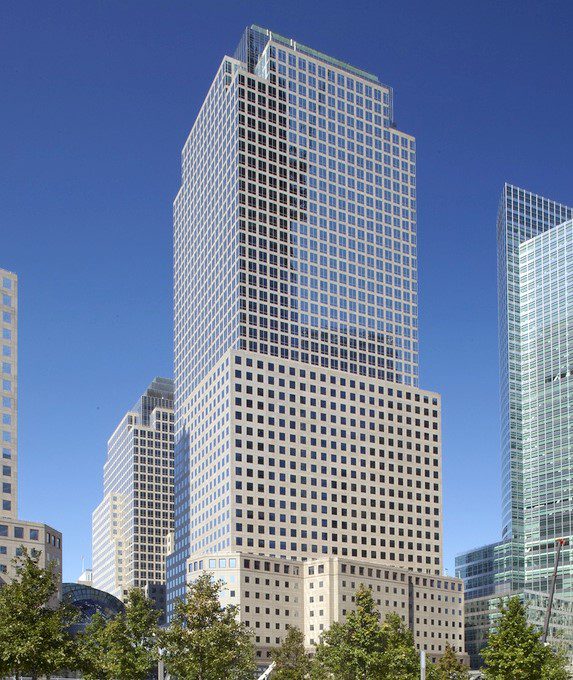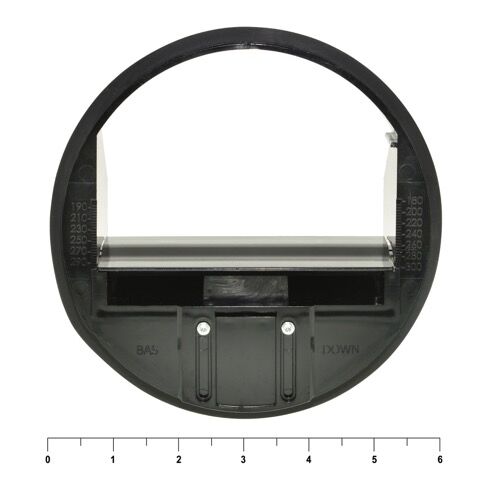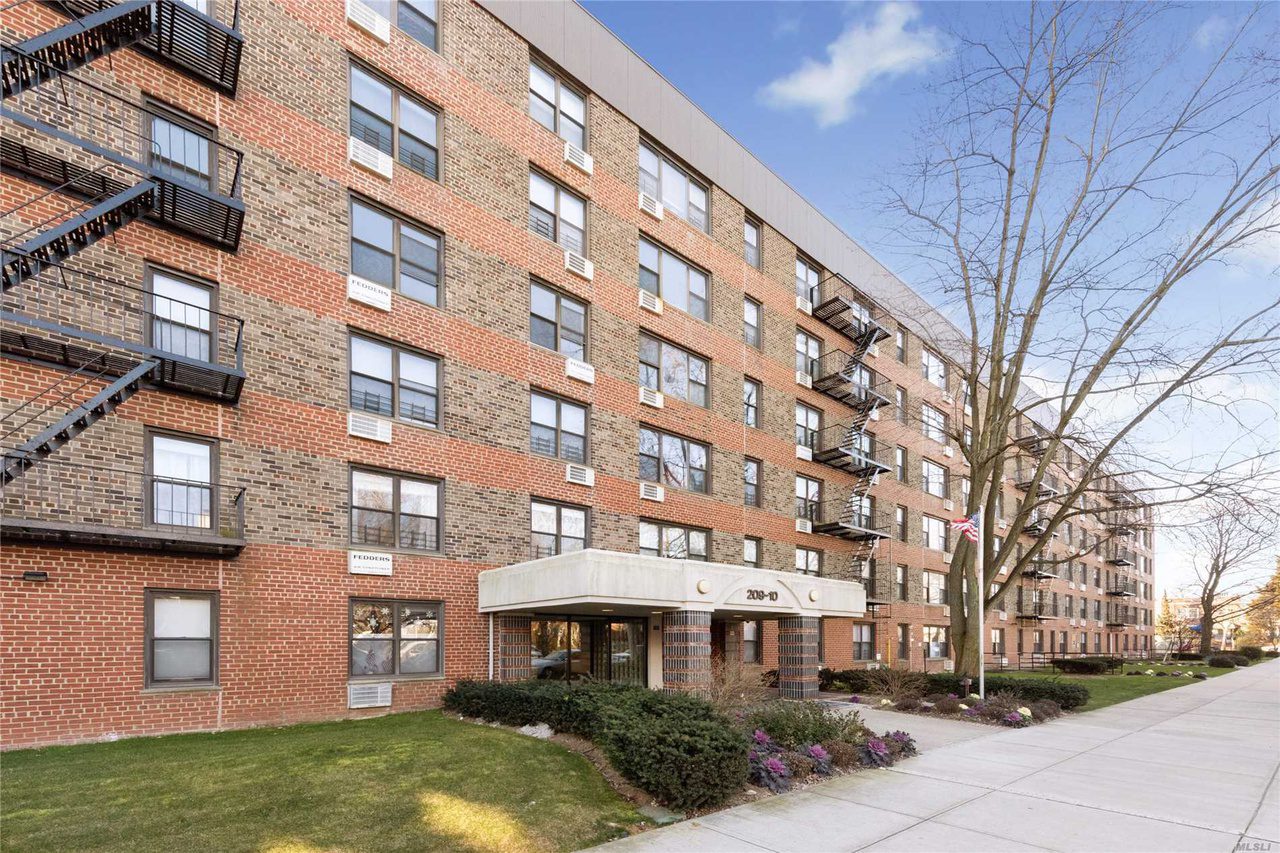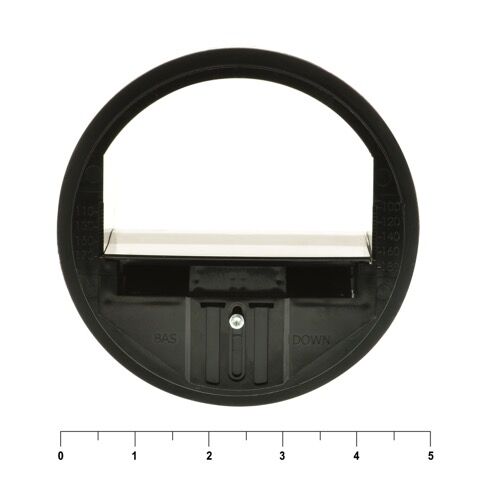Reducing Carbon Footprint
As the world continues to grapple with the impacts of climate change, reducing our carbon footprint has become increasingly important. One way to contribute to this effort is through the installation of a eFlow-Constant Airflow Regulator (eFlow-CAR) in buildings. eFlow-CARs are innovative devices that help regulate the flow of air in HVAC systems, resulting in a more energy-efficient and sustainable building.
Reducing carbon footprint is a critical issue that affects the environment and our health. Carbon footprint refers to the amount of carbon dioxide (CO2) and other greenhouse gases (GHG) emitted by an individual, organization, or industry. The excessive emission of GHG contributes to global warming, climate change, and air pollution. Therefore, it is essential to adopt sustainable practices and technologies that reduce carbon emissions.
One of the significant contributors to carbon emissions is energy consumption in buildings. According to the US Energy Information Administration, buildings consume 40% of the energy in the United States and produce 40% of CO2 emissions. HVAC systems account for a significant portion of energy consumption in buildings, and their energy consumption can be reduced by installing eFlow-CAR.
eFlow-CAR works by regulating the airflow rate in HVAC systems based on the pressure difference between the supply and return air ducts. The pressure difference is measured by a sensor installed in the ducts, and the regulator adjusts the damper position to maintain a constant airflow rate. By maintaining a constant airflow rate, the energy consumption of HVAC systems can be reduced, and the efficiency of the system can be improved.
eFlow-CAR can also help in reducing the maintenance and operating costs of HVAC systems. HVAC systems often consume more energy than required when the airflow rate is not regulated properly, leading to increased wear and tear on the system components. By maintaining a constant airflow rate, the HVAC system components can operate at their optimal level, reducing the frequency of maintenance and repair.
Installing eFlow-CAR can also help in reducing the carbon footprint of buildings by reducing energy consumption and GHG emissions. By reducing energy consumption, the carbon emissions associated with the generation of electricity can be minimized. Furthermore, by improving the efficiency of HVAC systems, the need for new power plants can be reduced, which would further reduce carbon emissions.
In conclusion, installing eFlow-constant airflow regulators in HVAC systems is an effective way to reduce energy consumption, improve efficiency, and reduce carbon emissions. The use of eFlow-CAR is an excellent example of how innovative technologies can contribute to sustainable development and a greener future. It is essential to adopt such sustainable practices and technologies to reduce our carbon footprint and protect our environment for future generations.
photo source- https://sites.ndtv.com/breathe-clean/how-green-buildings-can-reduce-your-carbon-footprint
